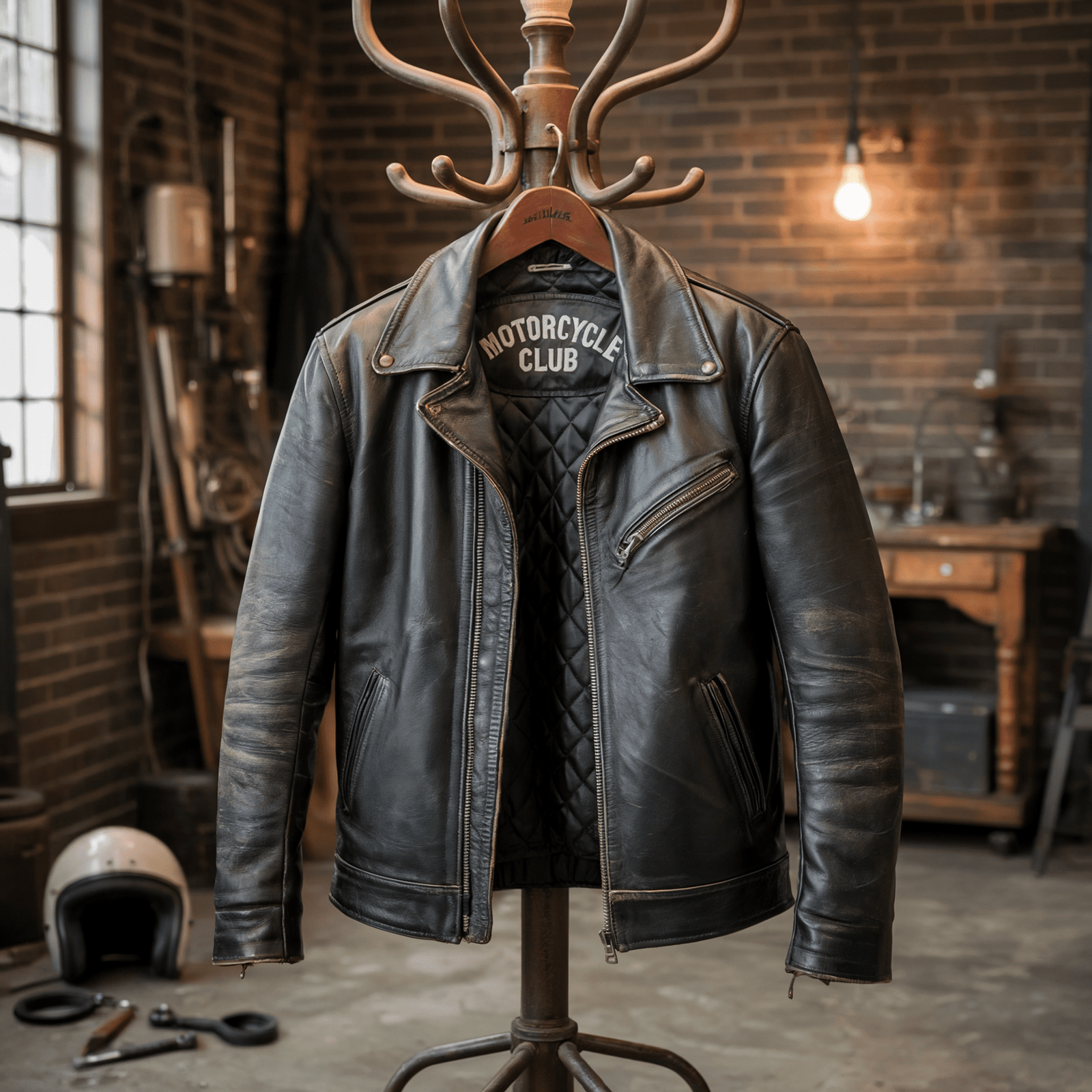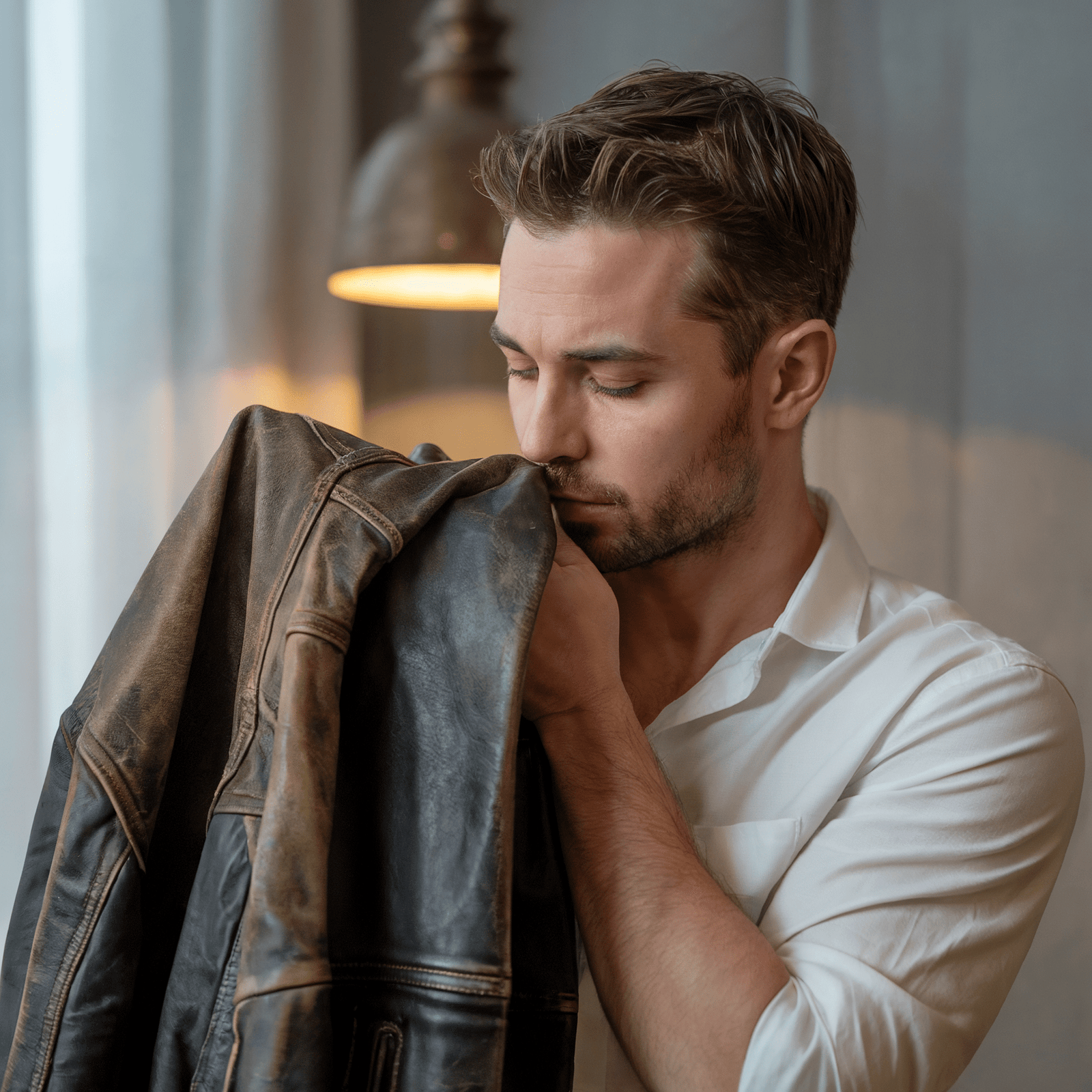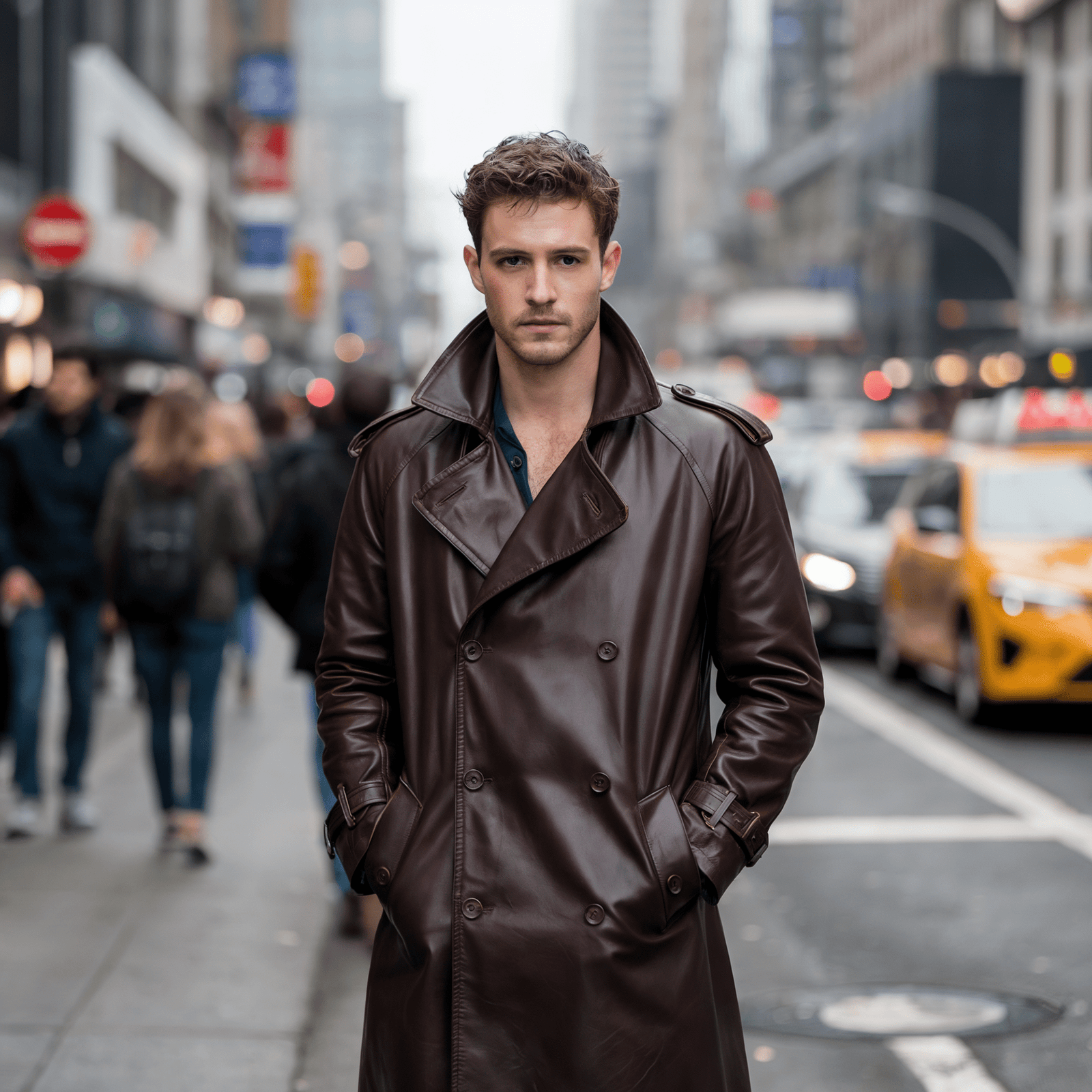Your Cart is Empty
HAPPY HOLIDAYS! SALE 10% OFF - USE COUPON HOLIDAYS AT CHECKOUT NOW!
Menu

HAPPY HOLIDAYS! SALE 10% OFF - USE COUPON HOLIDAYS AT CHECKOUT NOW!

Dress Codes – It's an Alternative to Body-Shaming
by Jennifer Smith September 06, 2021 5 min read
Take a look around … see anyone without a smartphone?
Probably not.
Take another look, and you'll notice the younger generation is either busy taking selfies or immersed in social media.
Yes, it's pretty clear that we dwell in an era of selfies and social media.
Unfortunately, the selfie culture is making conformity a dominant trait in today's society. The notion that we must all look a particular way is growing, and as a result, body shaming has reached epidemic levels.
However, social media is not the only aspect fueling body shaming. It appears that dress codes are adding to the problem.
Let's take a deep dive into the current situation and understand what is going on.
What is Body Shaming?
In the dictionary, you'll find body-shaming defined as:
"The action or practice of humiliating someone by making mocking or critical comments about their body shape or size."
At first glance, the word body-shaming gives off vibes of being embarrassed about your body. But in reality, it's more than that.
Body shaming manifests itself in several ways. For instance, we've all heard similar phrases:
- "My nose is so big." or '"I’m so fat.” are classic examples of self-body shaming. This is when a person criticizes their appearance, usually when comparing themselves with another person.
- “You’re so big that you’ll need the whole back seat to yourself.” Criticizing someone else’s appearance in front of them is another common occurrence these days.
- “I wouldn’t be caught dead in what she’s wearing today!” or “At least I don’t look as bad as her!” is a way of criticizing another person’s appearance behind their back.
But It’s Not Only What You Say
Body shaming also encompasses gestures and attitudes. A shake of the head, misplaced frown, or a terse tone can trigger emotions similar to verbal body shaming. And this can take anyone on a downward spiral of low self-esteem and self-doubt.
Unfortunately, body shaming nurtures the notion that people need to look a certain way to fit in with others. Moreover, it supports the act of being judged merely on physical features.
The Effects of Body Shaming
In the examples mentioned above, it’s clear that body shaming ultimately leads to a string of issues stemming from comparison and self-consciousness. So it’s common for individuals that get body shamed to feel ashamed, angry, consider thoughts about self-harm, or even develop mental health disorders.
Consequently, it's not surprising that some people go so far as to say that body shaming is a form of bullying as it results in severe emotional trauma, especially when it happens at a young age.
Body Shaming Is Nothing New
For decades, the media, especially movies, television, and print, has created images of a person's appearance.
As a result, anyone and everyone have been caught body shaming, including parents, teachers, siblings, friends, enemies, and classmates. Sadly, this issue manifests in both men and women, but women seem to be facing more problems than their counterparts.
But the problem seems to be escalating now more than ever.
What’s the reason?
The culprit - social media.
It’s playing a significant role in taking body shaming to another level.
Why is that?
Platforms like Instagram, Snapchat, and Facebook have millions of users that post a tsunami of photos and advertisements of perfectly shaped bodies.
This is setting an unrealistic stigma for perfection. And that leads to people comparing themselves with others, building on the desire to conform and be just like everyone else.
Dr. Terri Apter, a psychology lecturer at Cambridge University, says that taking selfies is not only about how we see ourselves. It's also about how we want others to see us.
So you see, social media has become more powerful than any other type of media.
Over the past few years, it seems that people of all ages are learning the language of body shaming. Words like better, faster, slimmer, and stronger are commonplace.
It’s transformed people into their own worst critics.
Media Is Not the Only Thing to Blame
Our culture and society are equally to blame.
How so?
I’m glad you asked.
You’re well aware that every community develops a sense of norm of what’s acceptable and what’s not. And then there are the ingrained conventional notions as well.
Confused? Let me give you a few examples.
Who hasn’t heard of a black-tie party?
Yes, I know, it sounds like a lot of fun, but it can also be the source of panic for many.
How long or short should your dress be? What style of jacket should you wear?
As you probably guessed, there’s a dress code for both men and women who attend such parties.
Men are expected to wear a black bow tie with a dinner jacket and a white evening shirt. There are more details about the particulars of each, such as the jacket should be single-breasted or double-breasted, but it shouldn’t have vents, silk peaked lapels, or covered buttons.
On the other hand, women have more flexibility with the black-tie dress code in that they do not have to wear a black dress.
Nonetheless, they are advised to avoid tight ‘red-carpet’ dresses or those with a dramatic split. Similarly, black leather jackets are a no-no for men.
You have to follow the rules to save you from turning heads for the wrong reason. Notice the emphasis is on being shamed for dressing inappropriately.
However, this is not a new rule. The default after-dark look has been the norm for centuries, in fact, since the Edwardian era.
Let’s discuss another example of dress codes and how they can lead to body shaming.
It used to be that dress codes at school created a safe and positive learning environment.
Now, it seems to be creating the opposite effect. It’s shaming students and robbing them of instructional time.
There are several incidents of girls being pulled out of class due to dress code violations. The reason- the girl was not covered up properly either because her shorts were too short or off-the-shoulder t-shirts exposed too much skin.
In these instances, the students were wearing clothes that are available for girls in the market. And they chose a style they felt comfortable in. However, when receiving reprimands about what they wore and being told to follow the dress code, they reported feeling humiliated, ashamed, and self-conscious about their bodies. As a result, many are switching to a genderless style, particularly baggy, untailored clothes suitable for any body shape or size.
You’ll find countless other instances where informal dress codes exist, such as what you are expected to wear at occasions like weddings, funerals, church, bridal showers, office wear, etc. People are expected to wear different attire to each one.
Yes, we indeed need rules in this world, and we need to learn how to obey them. And yes, there is a time and place for everything.
For instance, you simply cannot show up at a wedding in a bathing suit, nor can you go to a funeral in a hot pink jumpsuit.
However, there is more glaring cause for concern that simmers under the surface.
Dress codes that make people uncomfortable in their environment can become upsetting. Negative provoking body shaming comments can drive them towards unhealthy behaviors towards change. Moreover, individuals may feel forced to adapt aspects that are deemed ‘acceptable.’;
Final thoughts
I grew up looking at the mirror every day and feeling blessed in my own skin, no matter what my features were.
Yes, those were the carefree days.
But things are different now.
The pressure to look a certain way from social media and dress codes is real, especially for younger individuals who are more prone to fitting in the crowd.
But awareness about individuality and the freedom of expression is the beginning of change.
What do you feel about the body shaming effects of dress codes?
Feel free to leave your views on the topic in the comments section below.
Leave a comment
Comments will be approved before showing up.
Also in Blog | Leather Skin Shop

Types of Sleeves in a Leather Jacket
by Jennifer Smith August 24, 2025 6 min read
The different types of sleeves shape the shoulder, control the movement, and change how the leather jacket looks in motion. There are various types of sleeves, such as cap sleeves, bell sleeves, raglan sleeves, and more.

How to Get Smell Out of Leather Jacket?
by Jennifer Smith August 08, 2025 4 min read
Over time, a leather jacket can smell like sweat, mildew, or smoke. But do not worry, there are safe, proven ways to get rid of those unpleasant smells at home.

What Is A Trench Coat
by Jennifer Smith August 02, 2025 6 min read
A trench coat is a long, lightweight outerwear piece designed to protect against wind and rain. Its defining features include a double-breasted front, a belted waist, wide lapels, and often epaulets and a storm flap.
Leather Jackets for Men
Leather Jackets for Women
Accessories for Men & Women
Recent Articles
- Types of Sleeves in a Leather Jacket
- How to Get Smell Out of Leather Jacket?
- What Is A Trench Coat
- What Is A Peacoat Jacket?
- What is Polyester Fabric?
- What is Satin Fabric?
- What is Shearling Leather?
- Varsity Jacket Or Letterman Jacket? Everything You Need To Know Before Buying
- What is Semi Aniline Leather?
- What Is Cotton Fabric?
Size Chart